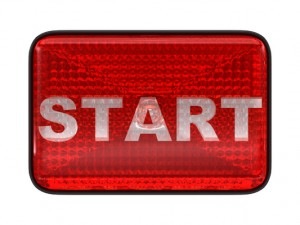Is it almost a foregone conclusion that you’ll stuff yourself to the gills when you go home to your parents’ house for holidays or other events? Is it almost impossible for you to navigate your office without stopping at the snack room and the receptionist’s desk to sample the never-ending array of holiday specialties or someone’s birthday cake? What about the routine lunch for a not-so-good friend that makes you go home and eat a pint of ice cream?
Know Your Triggers
Most of us can name situations that make us want to eat. Sometimes it takes dedicated thought to precisely identify what it is that starts the cascade of events that leads to not just wanting to eat, but the feeling that you absolutely must have a particular food — sometimes in large quantities. Keeping a food journal where you record not only what you ate but the environment and what was going on while you were eating can help you identify the causative factors.
Sometimes those triggers are big red flags – for instance you know that having a piece of pecan pie — or any other sweet food for dessert at lunch will trigger nibbling on candy at the office the rest of the afternoon. But do you eat it anyway?
Or, do you intentionally go to store A instead of store B for a cup of coffee because you know store A always has lots of free samples of freshly baked cake and cookies? Do you know that if cookies are in the cupboard and ice cream is in the freezer that you will sooner, rather than later, eat it?
Which Foods And Environments Are Your Red Flags?
Be honest with yourself and admit that certain foods and environments are red flags for you. I know that I can’t have cookies in my house and I also know that I tend to overeat at family events.
There’s no reason to psychoanalyze why certain foods or situations act as your triggers. Just know which particular things serve as your red flags — your triggers — and have strategies in place to deal with them.
